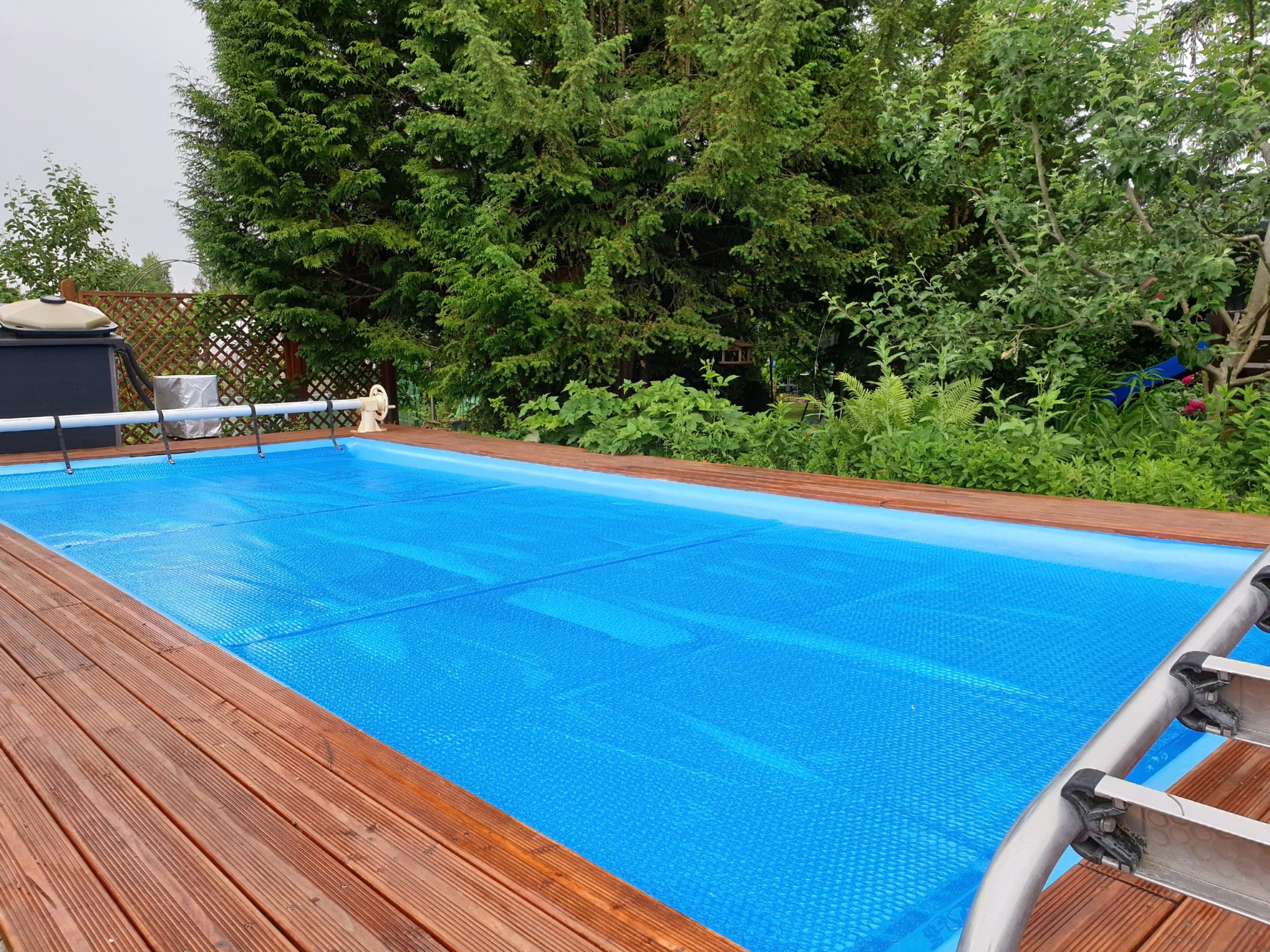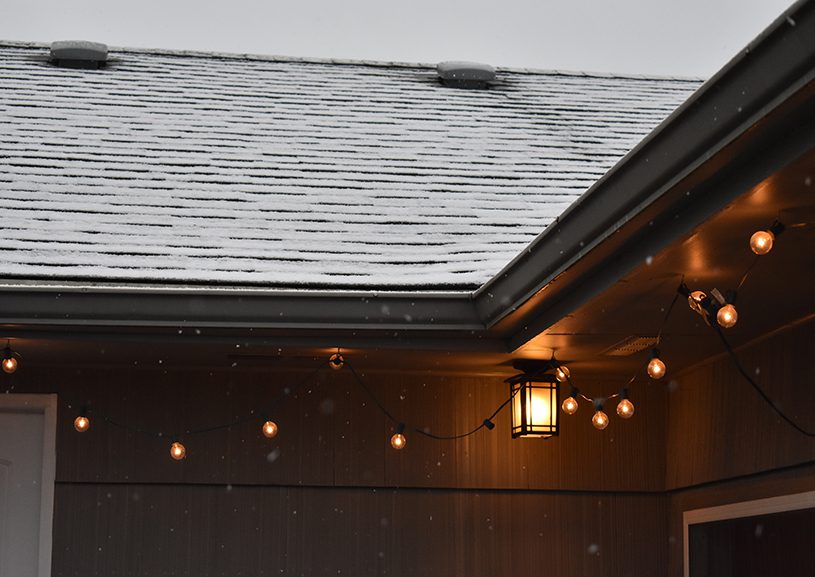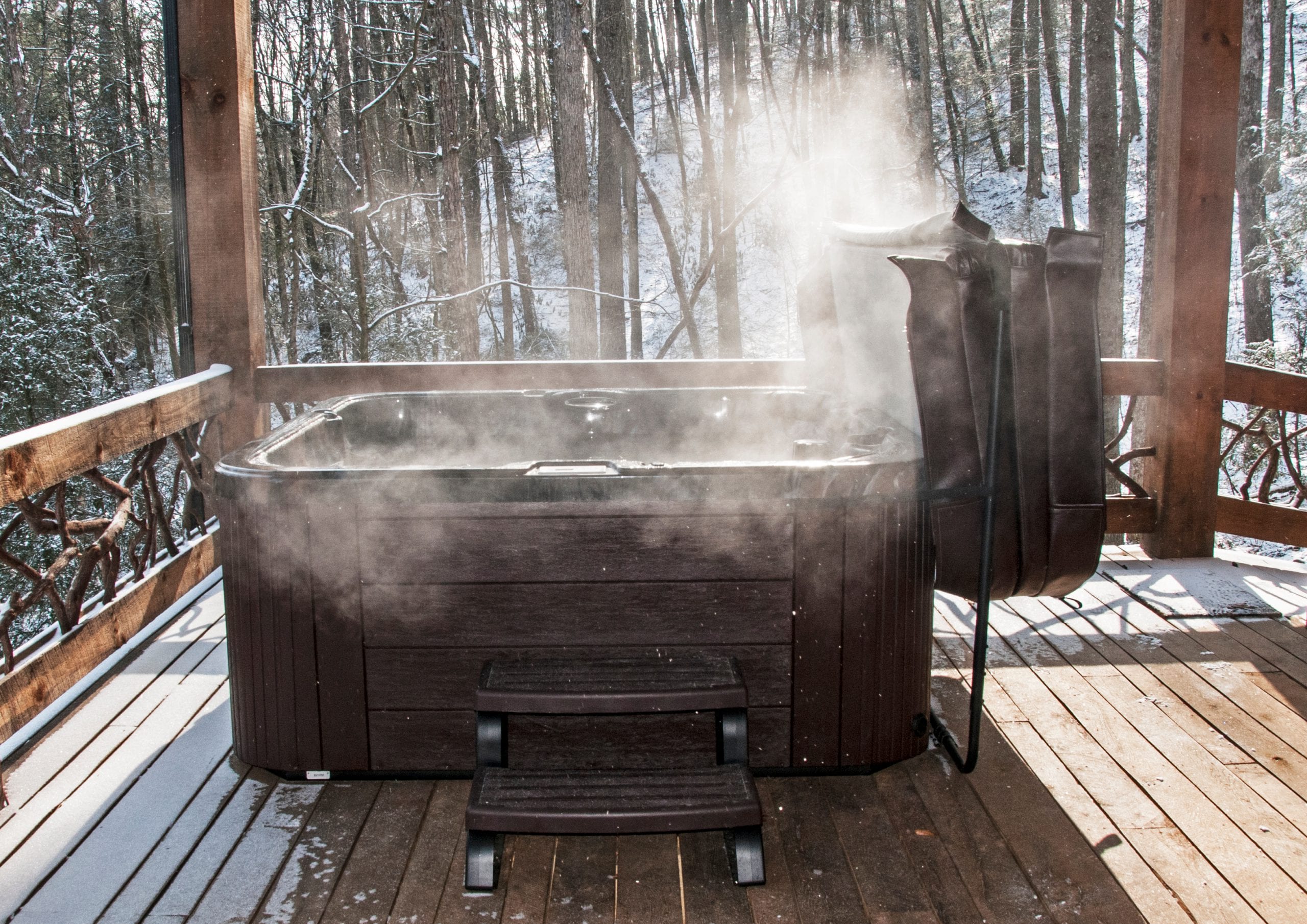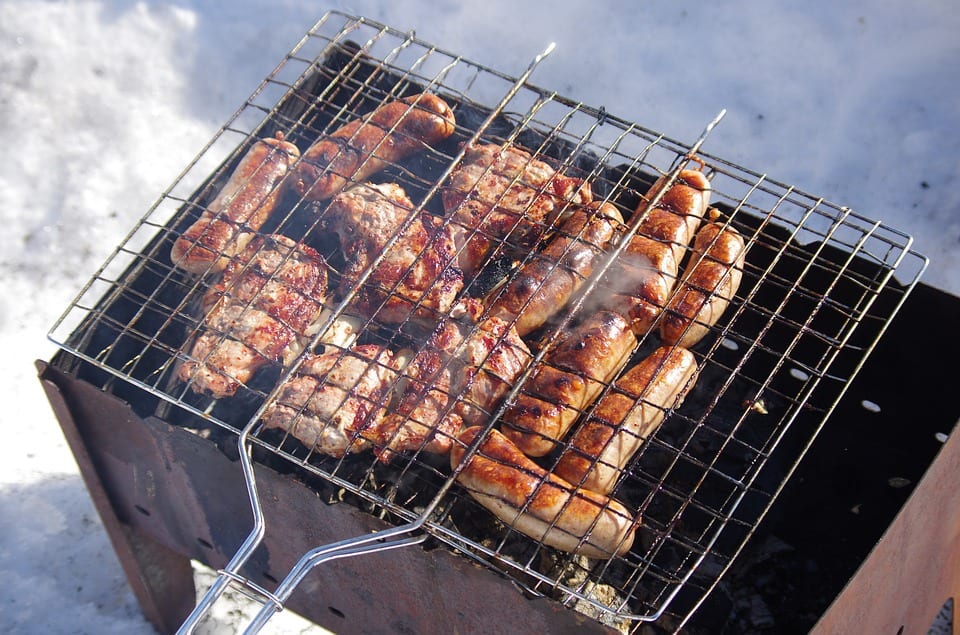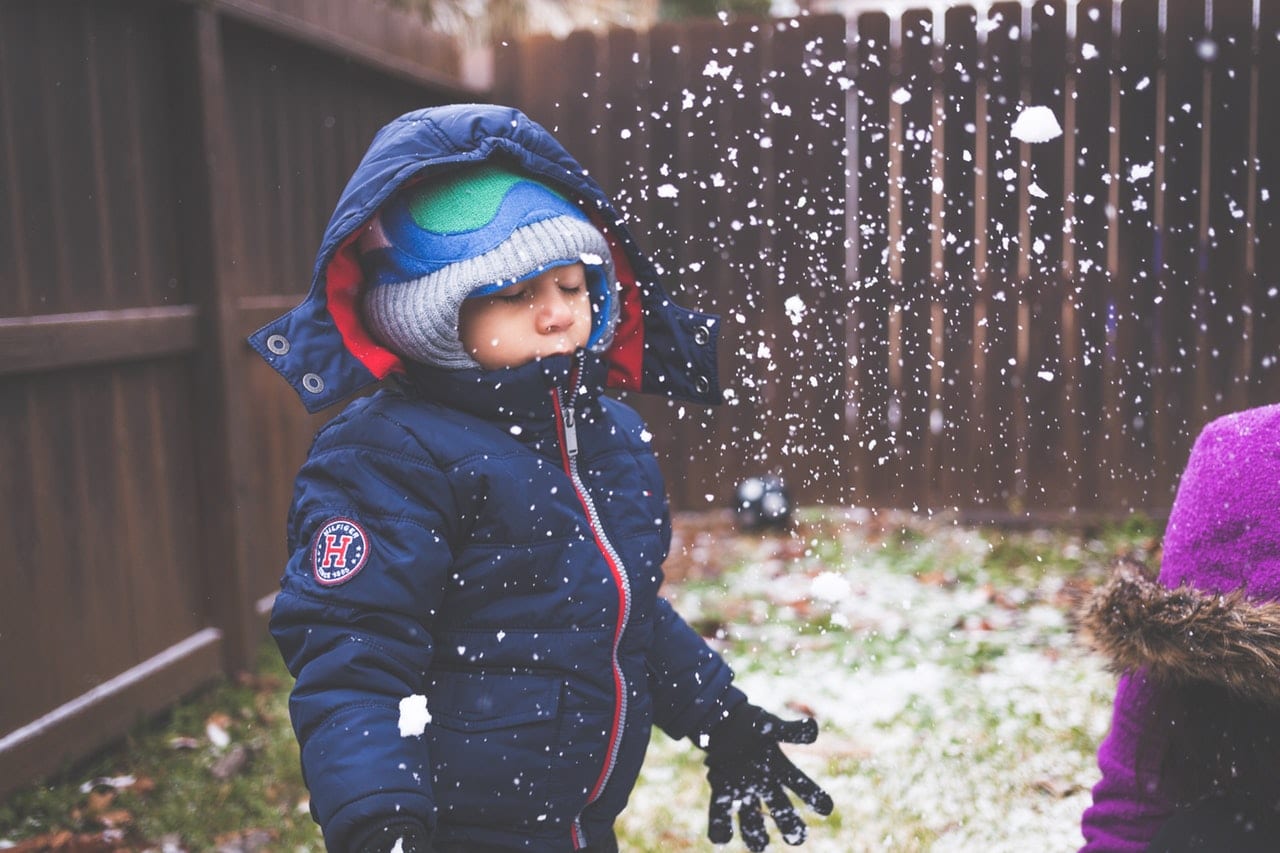The dog days of summer may still be upon us, but it will be fall before you know it. Early September is still prime swimming time in Cincinnati, but soon your beloved pool will need to close for the winter season. Have you thought about how to close your pool?
Knowing when to close your pool can be tricky. Experts recommend closing your pool when the temperature outside consistently is 65 degrees Fahrenheit or below, and the water temperature consistently dips below 60 degrees. If you close your pool while it’s still warm out, you may be dealing with algae growth and green, unsanitary water come spring. With the unpredictable weather in Cincinnati, you may need to play it by ear to determine when to close your pool.
When the right time to close your pool does come, closing your pool for the season can be a challenge. There are several steps you need to take to make sure your pool doesn’t get damaged during the freezing cold conditions of winter. While we always recommend calling in the experts if you’re not a confident DIY-er, this guide will help you winterize and close your pool properly in 9 simple steps.
Step One: Clean the Pool
The first step before you start to close your pool is to clean it thoroughly. You’ve likely kept up with basic cleaning throughout the summer, but you should give your entire pool an extensive cleaning before closing it for the winter.
First, skim the surface of the pool with your skimmer net to remove leaves and other debris that may be floating on the surface of the water.
Next, brush the sides of the pool with a pool brush, making sure to scrub away any dirt or grime that has built up, especially at the water level. Pay extra attention to the stairs and ladder, or other areas with poor water circulation.
You should also vacuum the bottom of the pool with a pool vacuum to remove any debris that has settled at the bottom of the pool. Make sure your water is as clean and clear as possible. Any missed debris can clog the filtration system over the winter season.
Finally, clean out your skimmer baskets of any debris. You may also want to wipe or hose out the skimmer baskets if they’re slimy or dirty.
Step Two: Test and Balance the Water
While you’ve been testing and balancing your water chemistry throughout the summer, you will need to thoroughly test and balance your water one last time before closing your pool. It’s imperative your pool has the proper chemical levels before you start the winterizing process to make sure your water stays sanitary while your pool isn’t in use.
Use a standard test kit and then add the proper chemicals to balance your water chemistry to your pool’s standard levels. Take special consideration of your chlorine levels before closing your pool. If your chlorine is higher than 5.0 ppm (parts per million.) If it’s too high, it might interfere with other chemicals used to winterize the pool and prevent them from working properly.
Step Three: Add Winterizing Chemicals
About a week before you intend to close your pool, you should add winterizing chemicals to your water to ensure that the water chemistry stays optimal throughout the winter. The chemicals needed can vary based on the type of pool you have, but at the very least you’ll need two chemicals:
- A phosphate remover or algaecide to prevent algae growth
- A stain and scale chemical to prevent mineral buildup
Step Four: Shock the Pool
The night before you close your pool, use a commercial pool shock to give it a final blast of cleaning power. Follow the manufacturer’s instructions and let the shock sit overnight while your pump runs to get the most benefit out of the chemicals.
Step Five: Reduce the Water Level
Before you put the cover on your pool or finish the other closing steps, make sure that you have an optimum water level for your pool cover type. If you have too much water in your pool over the winter, it can freeze and damage your skimmers or other parts of your pool.
The proper water level for your pool depends on the type of pool that you have and the cover that you’re using over the winter. In general, you want to keep the water level just below your skimmer or tile line, but no more than 18 inches from the top edge of the pool. Use a pool pump to
Step Six: Clean the Filter
Your pool’s filter can get dirty over the course of the summer, and you don’t want all the dirt and bacteria just sitting there all winter long. Before you close your pool for the season, turn off your pool pump and clean your filter thoroughly using your manufacturer’s instructions.
There are three types of pool filters: sand filters, cartridge filters, and diatomaceous earth (DE) filters. The cleaning process for each filter type may vary a bit, but in general, you’ll want to either backwash your filter or clean it with a hose and use cleaning chemicals if necessary to sanitize the filter before reinstalling it.
Step Seven: Empty the Pump Lines
It can get quite cold in Cincinnati over the winter, which means it’s imperative to empty your pool lines, pump, and filter of all water to properly winterize your pool. Water left in the lines over the winter can freeze, causing pipes to crack or burst and costing you money in damages.
This step is difficult, so it’s recommended to have a professional like Cincinnati Pool and Patio do this if you’re not confident enough to do it yourself. If you do want to attempt a DIY method, use an air compressor or shop vac to blow air through your system until everything is dry.
Step Eight: Remove All Pool Accessories
Before you cover up your pool and call it a day, remove all pool accessories from your pool so they don’t get damaged during the winter. Ladders and rails should be removed, as being exposed to winterizing chemicals for long periods of time can damage the finish on them. Dry them off thoroughly and store them in a clean, dry environment for the winter. Pool toys, slides, and other items should also be cleaned, dried, and stored away until next summer.
Step Nine: Cover the Pool
Finally, you will need to cover your pool for the winter and fasten it properly. The installation process of your pool cover will depend on the type of cover you use. Follow the manufacturer’s instructions, and make sure that the edges are sealed properly, so no dirt or debris can get into your pool over the course of the off-season.
Periodically clean off the top of your pool cover over the winter to keep it free of debris and snow using a soft broom or squeegee. Don’t use anything sharp, like a rake, to clean off your pool cover, or you risk puncturing the cover and ruining all your hard work of winterizing!
The Professionals with Cincinnati Pool and Patio can Help Close Your Pool
Closing your pool can be a lot of work but making sure it’s done properly will ensure that your pool opening in the spring will run smoothly. The experts at Cincinnati Pool and Patio can close or open your pool for you, so you know that it’s done right. Schedule your pool closing before our schedule books up for the fall or get in touch with us for questions about how to close your pool.


